Early Summer Pruning
You normally think of winter as the main time for pruning (or at least horticulturists do). But there are several very timely pruning tasks left over for June. Here are some that rise to the top of the list.
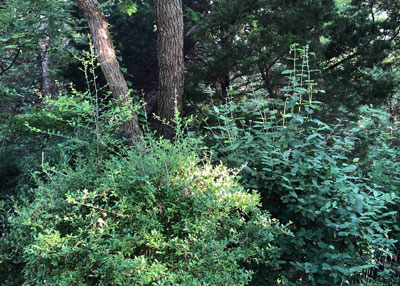
• Errant shoots from shrubs…
Spring-flowering shrubs – or just shrubs in general – tend to do most of their growing in March, April and May. That can leave you with some jagged shoots come early summer. Use loppers to prune those off one at a time. You don’t want to turn them into globes. You just want a more natural look.
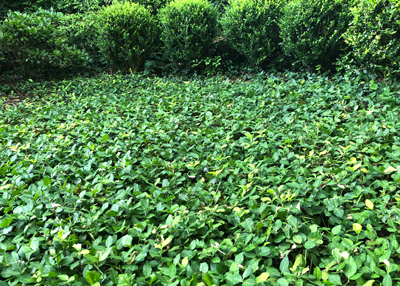
• Even up groundcovers…
Most groundcovers stay where they’re supposed to. Plants like mondograss, liriope and even English ivy and Asian jasmine will seldom need to be pruned. But purple wintercreeper euonymus sends out waving wisps of branches that seek any kind of support. You’ll want to run a line trimmer over the bed once or twice during the season to keep the planting low and well groomed.
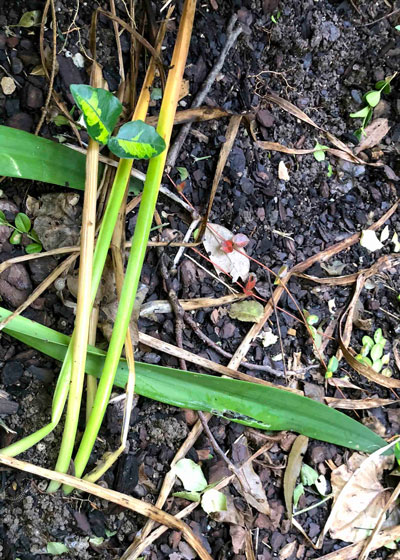
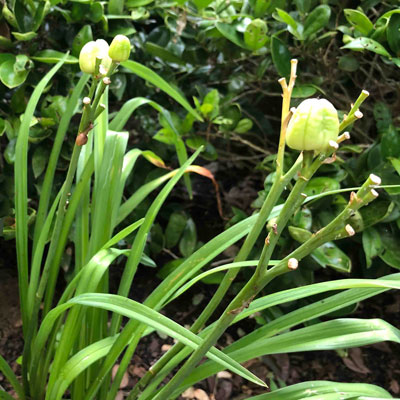
• Tidy up perennial beds…
Old flower stalks and seed heads, as well as yellowed and browned foliage can all be removed. Their jobs are now done. It’s an important part of keeping your landscape looking its best.
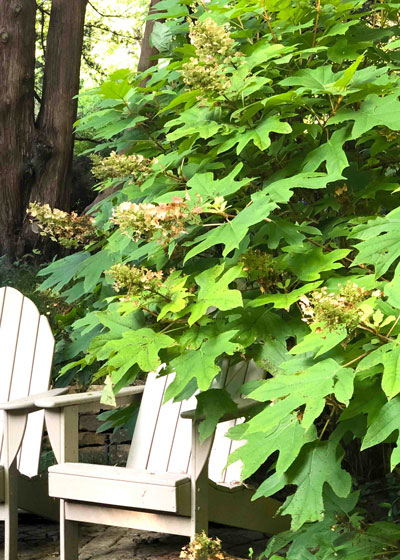
• Old flowers from hydrangeas, other flowering shrubs…
Some people leave these old floral bracts to dry and use in floral designs, but I prefer to trim them off and let my Oakleaf hydrangeas put out new growth around where they were. It’s totally a matter of personal preference. However, the critical issue is that any pruning you do to any type of hydrangea really needs to be done during the first part of the summer. Pruning later into the season risks reducing the bloom count next spring.
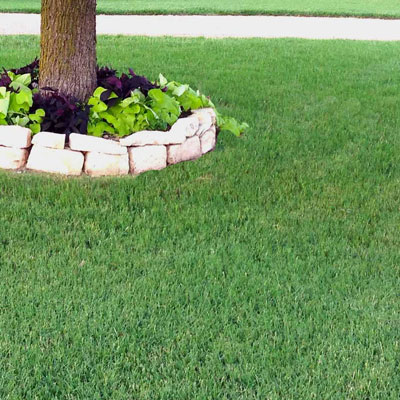
• Mowing height of bermudagrass turf…
Your bermuda lawn will stay thicker and better able to ward off weeds if you mow at the recommended low height (1-1/4 inch) and if you mow frequently. Some people have the mistaken idea that raising the mowing height improves a lawn’s ability to withstand heat and drought. That is not the case. Also, bermuda mites are not terribly common invaders into Texas lawns, but low, frequent mowing and bagging of clippings are two of the main ways of reducing their populations. Conventional turf insecticides offer little help.
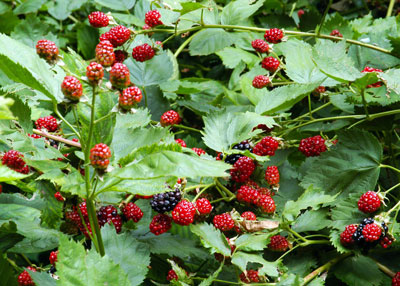
• Blackberry canes that just bore fruit…
Those canes will never bear fruit again so you need to get them out of the way. Cut them back flush with the ground. Next year’s berries will be produced on this year’s canes, to encourage them to grow vigorously. Tip-prune their shoots to encourage side branching to keep them more compact.
